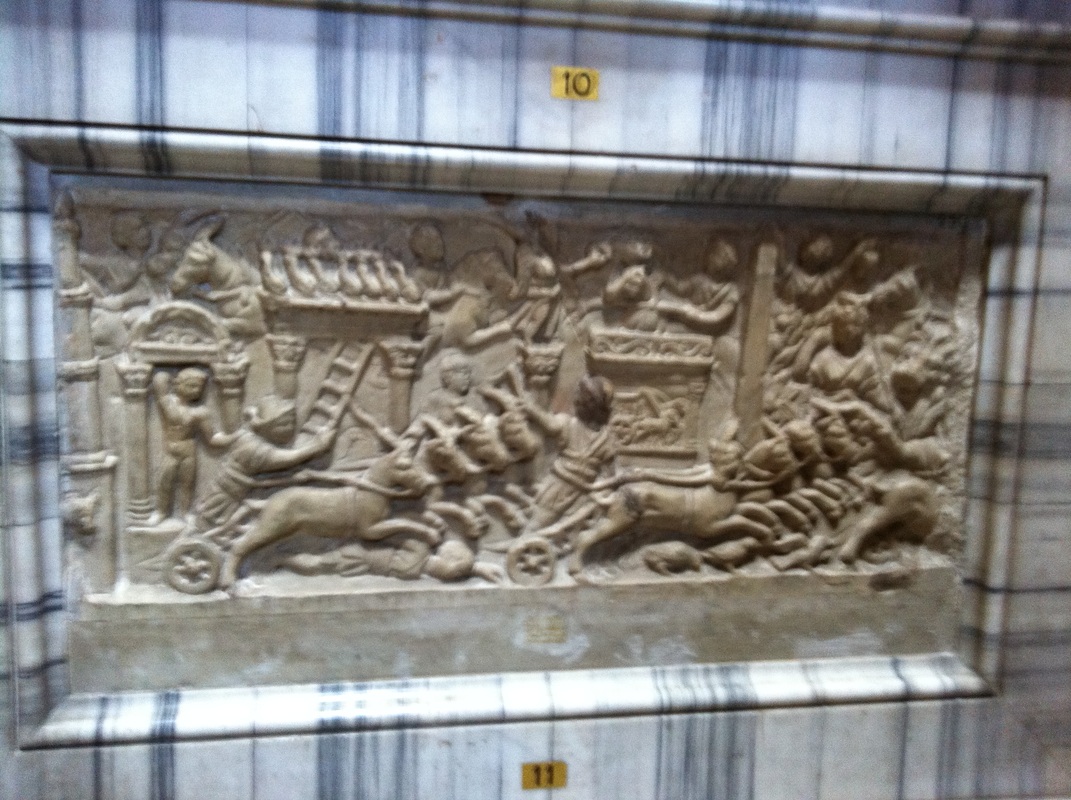
The most famous hippodrome of the past is the Circus Maximus in Rome. Augustus in 10bc brought an obelisk from Egypt to decorate the ‘spina’.
The obelisks were considered, by both Egyptian and Romans, to represent the connection between the sky and the earth.
The hippodrome was a little model of the cosmos:
The obelisk was the sun, the ground represented the earth and the canal running in the middle of the spina was the sea.
The four factions of chariot raiders represented the 4 seasons.
The three cone-shaped columns at the end of the spina represented the most important days in the month.
The daily shows contemplate 24 races as the hours of the day.
Seven laps were associated with the days in the week.
The spina was also decorated with sculptures of deities as Vittoria, Cibele and Messia.
The 7 eggs marking the laps were referring to Castor and Pollux; the 7 dolphins referred to Neptune. The spina represented the connection between the cosmos and the worldly reality.
The 4 factions of chariots had a clear symbolism too:
The green –factio prasina- was connected with spring time, the earth, flowers and the goddess Venus.
The light blue – factio veneta- referred to autumn, the air in the sky, the water of the sea.
The red – factio russata- was summertime, the fire and the god of war Mars.
The white – factio albata- meant winter time, the west winds, and the god Jupiter.



